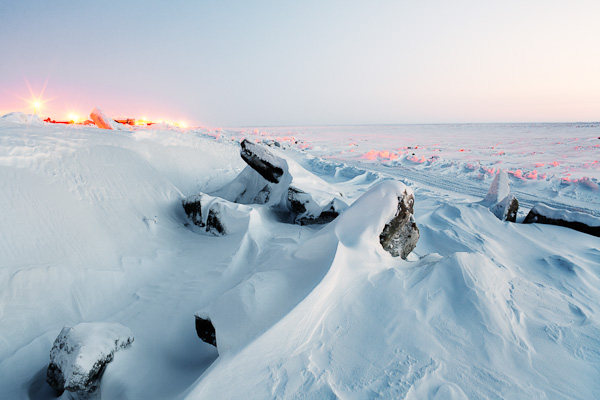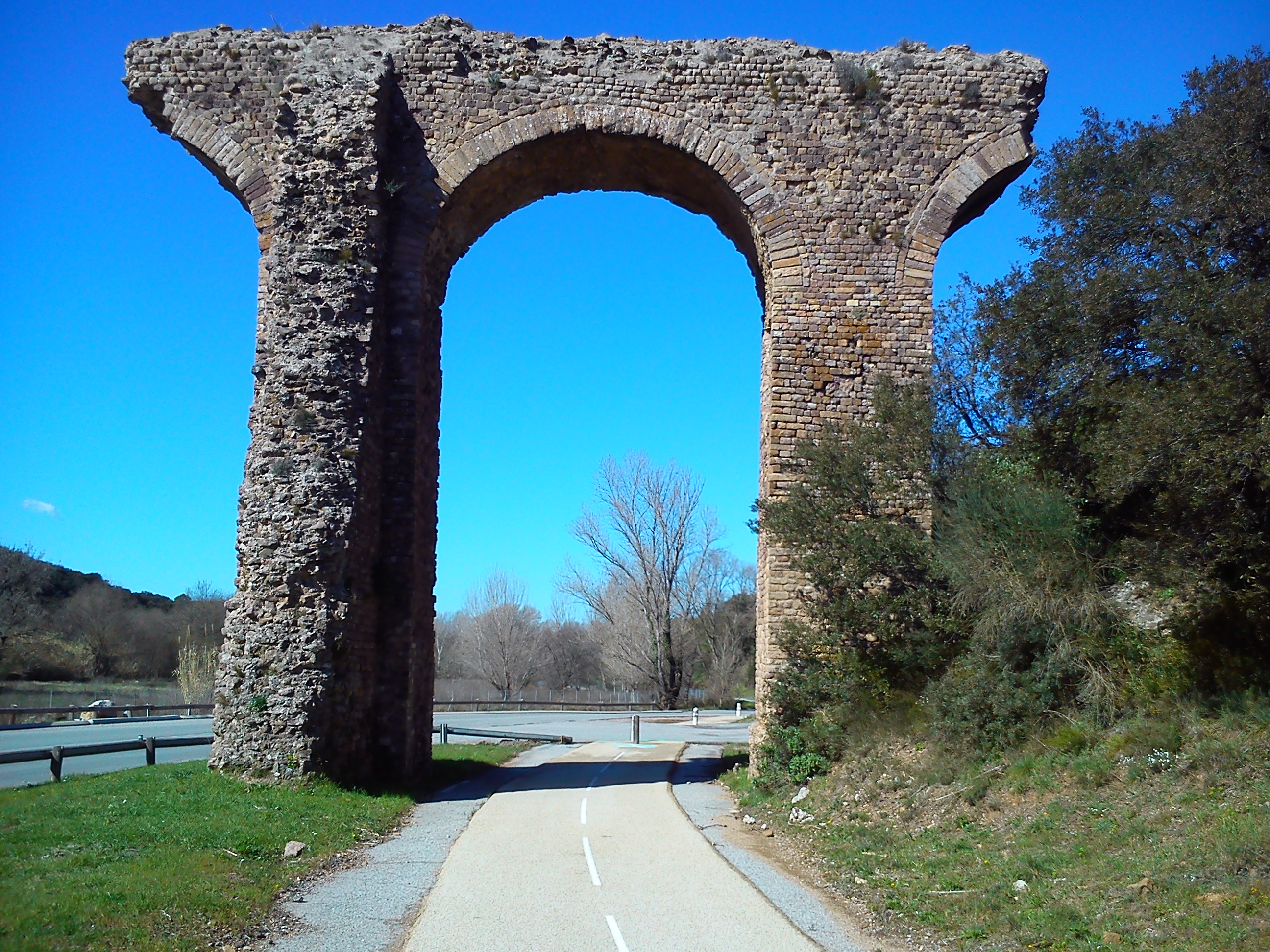A largely European invention, 3-4 week 'long stays' escapes in France, Greece, Malta, Portugal and Spain, are popular with budget-minded travellers. It was as I was searching long stays apartments in the French Riviera for a client that I stumbled across Fort Frejus. Its seaside location and Roman ruins caught my eye, and I was called to learn more.
Fréjus (Occitan: Frejús, French pronunciation: [fʁe.ʒys]) is a commune in the Var department in the Provence-Alpes-Côte d'Azur region in southeastern France. It neighbours Saint-Raphaël, effectively forming one town.
The many ruins around Frejus make one curious about how the town came to be.
The origins of Frejus probably lie with the Celto-Ligurian people who settled around the natural harbour of Aegytna. The remains of a defensive wall are still visible on Mont Auriasque and Cap Capelin.
The Phocaeans of Marseille later established an outpost on the site.
Julius Caesar founded the city as 'Forum Julii' meaning 'market of Julius'; around 49 BC. he also named its port 'Claustra Maris' (the sea barrier).
This was once one of the most important ports in the Mediterranean; its port was the only naval base for the Roman fleet of Gaul and only the second port after Ostia until at least the time of Nero.
The richest architectural era is undoubtedly that of the Roman city with many buildings making it the richest concentration in France after Arles. The most notable are the amphitheatre and aqueduct. Ruins of a lighthouse and baths are also still visible.
Life here takes place amongst the Roman and Gothic architecture with the 'old tile' roof tops and tinted walls. Everything blends in happily with the recently developed port and its neo palladian design and carefully selected Provençal colours .
Port Fréjus, which has a capacity of 750 moorings, is surrounded by beautiful fine sandy beaches. As a backdrop there is the massif de l'Esterel, the (Esterel hills) and its 'Nature' base situated on the sea edge, as well as protecting the area and its environment.
A highlight of the year is the 'Bravade', a feast day celebrated on the third weekend after Easter, in honour of Saint Francis de Paul.
In the town of Frejus, located to the south west of Cannes the festivities last for three days and includes parades accompanied by flutes and drums, with locals dressed in traditional costumes. There are musical performances from the young people of the town, concerts of classical music, blessings and traditional services in the cathedral and churches of the area and of course the feast itself.
Fréjus organises several other fairs throughout the year, including a pottery fair.
Many sporting events are held here, including the annual 'Roc Azur' mountain bike event.
The Gare de Fréjus railway station offers connections to Toulon, Nice and several regional destinations. Long distance destinations are accessible from the nearby Gare de Saint-Raphaël-Valescure. The A8 motorway connects Fréjus with Aix-en-Provence and Nice.
Read about the Port Frejus long stay on
pages 9-10 of this flyer.
If you would like to explore a long stay here or elsewhere, please
contact me.






.jpg/1024px-Fr%C3%A9jus_-_panoramio_(3).jpg)

